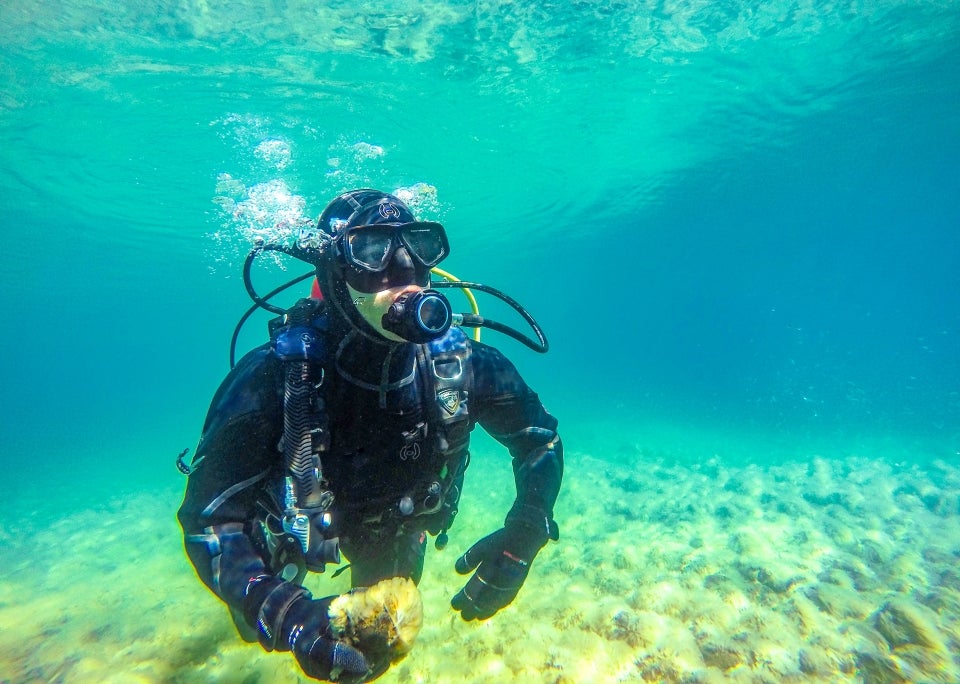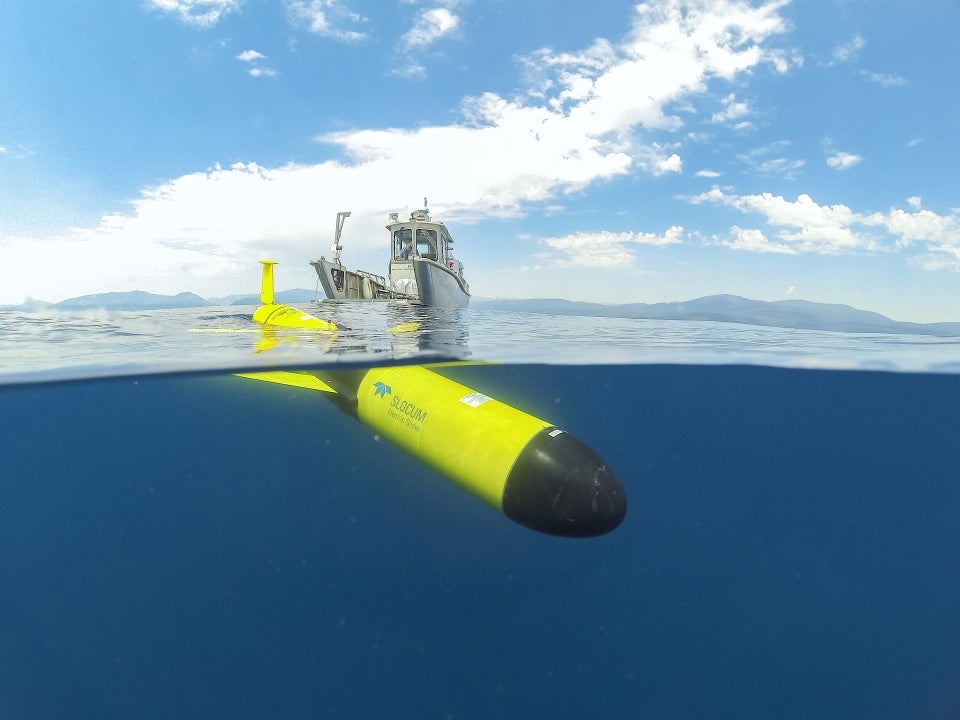
Saving Lake Tahoe
November 22, 2022 — Lake Tahoe’s waters are world-famous for their clarity and beautiful Sierra setting—they also provide key environmental and economic resources to Northern California. But with climate change and other human impacts degrading both the lake and its surrounding basin, urgent action is needed to preserve this jewel of the Sierra Nevada.
“There is only one Lake Tahoe,” said Geoffrey Schladow, director of the UC Davis Tahoe Environmental Research Center (TERC) and professor of civil and environmental engineering. “It’s our job to keep this region as beautiful as it ever was.”
Since its founding in 2004, TERC experts have worked to build a more resilient future for the Tahoe Basin, conducting key research and actively seeking solutions to improve outcomes for the lake’s waters and its surroundings.
With donor support for new technology and research, TERC will have an even greater impact on Tahoe’s future.
State of the lake
TERC is the largest facility for limnology—the study of lakes and other bodies of fresh water—west of the Great Lakes. Its research team includes biologists, chemists, engineers and more.
A key annual contribution from center researchers is TERC’s “Tahoe: State of the Lake” report, which informs the public about important factors affecting the health of Lake Tahoe and provides the scientific underpinnings for restoration and management decisions within the Lake Tahoe Basin.
The 2022 report described the top issues facing the lake, including the collapse of the zooplankton and Mysis shrimp populations; an abrupt change in the phytoplankton community; and the extent of algal growth impacting large sections of the Tahoe shoreline.
“Any one of these changes would be a big deal in a single year,” said Schladow. “All three occurring at once is particularly alarming and a huge opportunity to learn lessons that can be used to inform future management.”
A blooming threat
Algal blooms along the shoreline are one of the most pressing issues facing the lake’s aquatic health.
“These nearshore blooms degrade water quality, make large areas of beach unpleasant with mats of decomposing algae, and for particular types of algae, can pose toxicity issues,” Schladow said. “They also occur where the greatest numbers of people, residents and visitors directly interact with the lake.”
Beginning in 2017, TERC began examining the entire shoreline with an instrumented helicopter and a drone several times each year. This novel and powerful approach painted a better picture of the algal blooms that have been a growing ecological threat to Lake Tahoe’s ecosystem.
TERC is now learning that the areas impacted do change radically, and may be increasing due to the combined effects of warming water temperatures and changing water levels. But public funding for this work has dried up.
Schladow said TERC needs to raise enough private funding so the program can not only be maintained but expanded to include research into the best cleanup and mitigation methods.

Protecting the land
Beyond the lake, the Tahoe Basin ecosystem includes its shore and surrounding forest—unique areas that require careful monitoring and maintenance. One of the largest threats to the region in recent years is wildfire.
“Megafires are a threat not just to the whole ecology and health of the forest, but also to the people living here,” said Schladow. TERC scientists are actively working on solutions to restore the forest and minimize the damage from wildfires.
New tools and technology
With high-tech labs, field equipment and a small fleet of vessels, TERC scientists are conducting interdisciplinary research on the terrestrial and aquatic ecosystems of Lake Tahoe. As this work evolves, it requires more advanced resources, including donor support.
One high-priority need is a new and innovative vessel for lake exploration—the current vessel, R/V John LeConte, has been serving UC Davis for nearly 50 years. TERC has formed a team to design and build the first high-speed, all-electric research vessel that will minimize impact on the environment.
“The new vessel will expand what we can do, allowing us to take students out on the lake for class experiences like no others in the world, and conduct even more research directly there,” said Schladow.
Another priority is an automated sampling station powered by wave energy, called a Wire Walker. It can record and send real-time data to labs every 20 minutes, including when crews are unable to go out to collect samples.
“Covid has disrupted the research funding just when the lake is in crisis. We must act immediately to keep the research efforts going, and to remove the algae from the lakebed.”
— Mike Bruno, TERC advisory board member and donor

Educating the local community and beyond
Learners of all ages and backgrounds—from K-12 and college students, to international researchers and local tourists—can visit TERC’s interactive educational centers to explore how they can help the environment.
“Our goal is to provide science-based information about the Lake Tahoe region to foster responsible action and stewardship,” said Heather Segale, director of education and outreach at TERC.
TERC’s education and outreach efforts serve more than 15,000 people annually, with plans to expand.
“Lake Tahoe is emblematic around the world and people are looking at what we’re doing here. Our work has impact on other lakes and mountain systems across the globe,” said Schladow.


